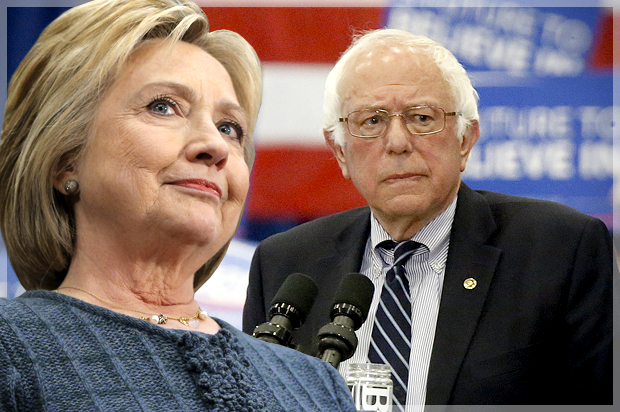This election has been a disaster for those peddling proprietary models for predicting our political future and has nurtured what I hope will be a healthy distrust of wonktocracy down the road. But we have not yet excised wonk language from our vocabulary. Among the most misused terms in circulation is “demographics,” which analysts have turned on its explanatory head so as to suggest that a group’s very existence explains that group’s politics when in reality a group’s voting behavior is what requires explanation and analysis.
This lazy argument was in full force after Bernie Sanders won West Virginia, with analysts rushing to declare that he won not because of any political or policy-based rationale but thanks to the magically explanatory demographic black box, by which they mean that West Virginia is full of poor white people.
“Sanders and Clinton are trying to argue about ideology, but voting behavior is driven by demographics,” tweeted Vox’s Matthew Yglesias.
“Sanders’s West Virginia strength rests in large part on the state’s lack of racial diversity,” wrote FiveThirtyEight’s Harry Enten.
“Mr. Sanders’s victory was less about policy differences with Mrs. Clinton (his environmental plans would phase out coal more rapidly) than about the state’s demographics,” wrote Trip Gabriel at the New York Times. “He beat Mrs. Clinton in a largely white, rural state, as he has throughout the primaries.”
This explanation explains very little but you can expect more of it once results from Kentucky and Oregon come in tonight. It treats a dependent variable like an independent one. And it signals just how much the cresting data fetish has polluted American political analysis. Demographics, like racial voting preferences, are more effect than cause: any particular demographic group doesn’t just automatically lean toward one candidate or another. People do things and think things for reasons.
The problem for analysts is that understanding the underlying reasons requires actual reporting. The truth is not just sitting there waiting to be discovered in the crosstabs. There have, of course, been many good examples of political reporters peeling back the skin-deep analysis to reveal the actual factors shaping voter decision making.
One of the best was a brief February story in the Washington Post from Dave Weigel, reporting how many working-class white voters in Minnesota’s Iron Range were drawn to Sanders. Facing dimmed economic prospects and inhabiting a region with a history of labor-left activism, they are “skeptical of just how good the Obama years have been for them. And they are disappointed in what they see as Clinton’s less-ambitious ideas about what is possible.”
Another story that has gotten a lot of well-deserved attention is about the senator’s core demographic group: youth. People generally maintain the political beliefs developed when they are young. And the biggest demographic story coming out of this election is no doubt that young people buffeted by debt and dimmed job prospects may well reshape American politics leftward for years to come.
The exit polls from West Virginia, however, did give pundits some reason to debate the significance of Sanders’ victory. For one, Sanders handily beat Clinton among “more conservative” Democrats. So much for socialist politics, apparently! But as Matthew Karp wrote at Jacobin, it’s wrong to assume that actual voter preferences fit neatly into the liberal, conservative and moderate boxes that that underpin pundits’ worldview. As Donald Trump’s success makes clear, there are many who are perfectly capable of opposing cuts to Social Security while simultaneously harboring terrible prejudices against Mexicans and Muslims. The conventional wisdom is that Democrats represent a broadly-shared liberal worldview, Republicans a conservative one, while Michael Bloomberg and David Brooks are a tribune for some broad swath of the independent unaligned. Reality, of course, has not conformed to this model.
What then to make of the fact that more than a third of Sanders voters polled said they would vote for Donald Trump over Sanders in the general election? The prevailing interpretation is that voters were protesting Clinton and the Obama Administration. After all, in 2012 more than 40-percent of West Virginia Democrats backed an obscure federal prison inmate over the president. The argument, however, doesn’t seem to hold as much water when it comes to Sanders: how do so many ostensibly conservative protest votes go to a self-described democratic socialist? A more likely explanation is that this group simply prefers Trump to Sanders and prefers Sanders to Clinton.
If that’s true, it’s yet more proof that the easy categorizations of liberal and conservative are not subtle or complex enough to be very helpful anymore—if they ever were. American politics is entering a new era. Many pundits are poorly equipped to understand it.

